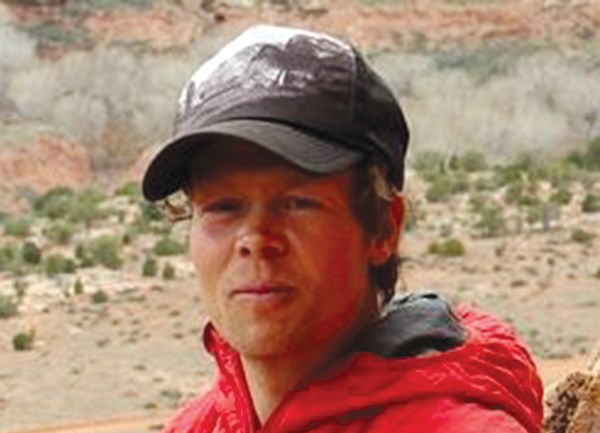Months ago, I made a weak attempt at offering the mainstream a set of basic definitions for understanding climbing just a little bit better. Things such as soloing, bouldering, multi-pitch climbing, sport climbing, trad climbing and aid climbing all came up as compass points that could help someone’s understanding of this activity we do.
Now I’m hoping to unpack just one definition, trad climbing, as a way of exploring a set of ancient climbing ethics. Let’s see if they’re truly dead and gone, have gone into hiding from everyday use or have just put on a new suit and become something more modern which incorporates new gear, new ideas, new levels of skill and how the climbing public thinks about and sees achievement.
Why? It’s a provocative subject of which everyone seems to have a subtly different point of view around and understanding.
What is “trad” climbing, or more completely, “traditional climbing”? Well, traditionally, climbing was started at the bottom, made its way upwards, and eventually reached a point where no more terrain lay ahead. Celebration commenced and then a descent to the base again and then home.
Maybe this is too literal, too tongue-in-cheek because this describes every single type and style of climbing in existence. I’m talking about the olde values in climbing, of self-reliance, self-sufficiency, creativity, embracing the unknown, of venturing up terrain upon which you’ve never laid eyes, navigating the hazards as you go, protecting yourself as you see fit, leaving as little permanent trace as possible, descending under your own power and finally enjoying the fact – over a beer – that you and your partner are still alive at the end.
But is this form of climbing dead and gone?
An anonymous poster on the Squamish Climbing Forum wrote: “In my books, plugging in high tech widgets and clipping fixed stainless hardware is anything but traditional, and describing it as such is ill-informed, elitist or delusional.”
The author of this quote thinks true traditional climbing is dead, and I found the comment thought-provoking. A boulder problem describes a certain type of climb, physically. A sport climb, an aid climb and a gear climb are all descriptors of a style of physical ascent. A trad climb works as a descriptor of a climber’s personal ethics and choices surrounding a physical ascent.
Trad climbing is human-centred, while the others are mere physical dividing lines.
Onsight climbing is more of a temporal term which describes you just walking up to an established pitch for the first time and climbing it cleanly first try, versus redpointing, which describes an ascent after work has been put into practising and finally mastering the moves on top rope, rest stances and perhaps even the protection. Gear climbing is when one climbs a pitch protecting oneself with removable protection such as cams and nuts instead of fixed bolts like you’d find on a sport climb.
Perhaps as more and more people continue to be drawn towards climbing like moths to a dimming headlamp at dusk, the idea of a tradition ascent, or climbing in a traditional style, becomes impossible because of guidebooks, forums, supertopos and YouTube. There’s simply just too much information available to not have some kind of prior knowledge.
Even though I can walk up to a set of features on a wall in the Bugaboos and start climbing with my rack of high-tech, removable protection, pull up my hand drill to add fixed, stainless steel bolts where there is no clean pro or for belays, the real risk of me being stuck up there unable to retreat has been tamed.
The term traditional climbing really boils down to a rare and increasingly hard-to-find experience where you cast off into a sea of stone, snow, ice or a combination with only the burning faith that somehow, somewhere there would be a route, a safe passage through to the summit. Sounds like alpine climbing, doesn’t it? We can still find and scrub new pitches, protect them cleanly, build gear anchors thus necessitating walking off; we can bolt on lead up features cleaned on rappel because of our Squamillian penchant for vegetable growing, but these all become gear climbing as we manicure them to ensure success.
With people being turned and trained in the arts of pulling down in the new gyms of today, we still have very few who understand the differences between these different styles of ascent. Each is valid, and each is not for everyone.
For now, lock traditional climbing in its airtight glass box and wait patiently for the right time, the right partner and the right headspace and training. When the moment arrives, break the glass without safety goggles and bring traditional climbing back to life – it may just save yours.




